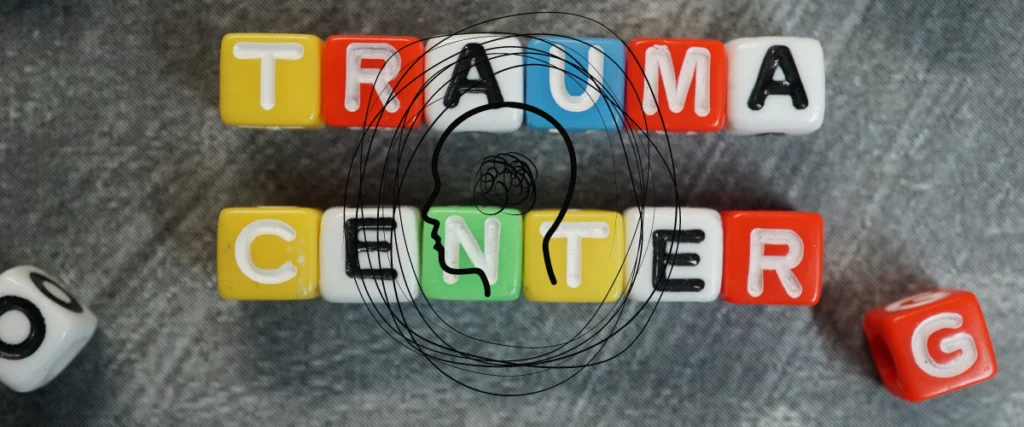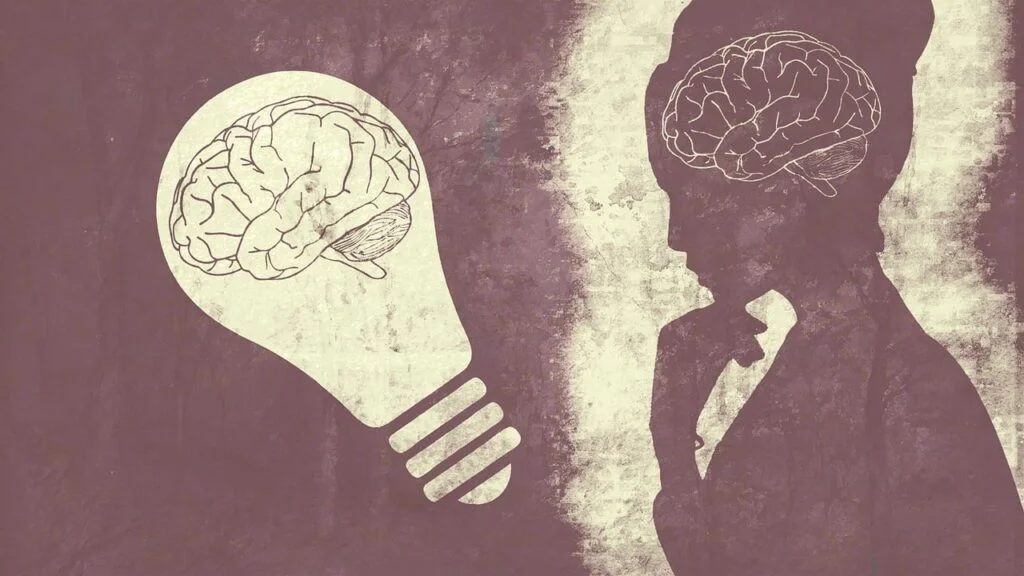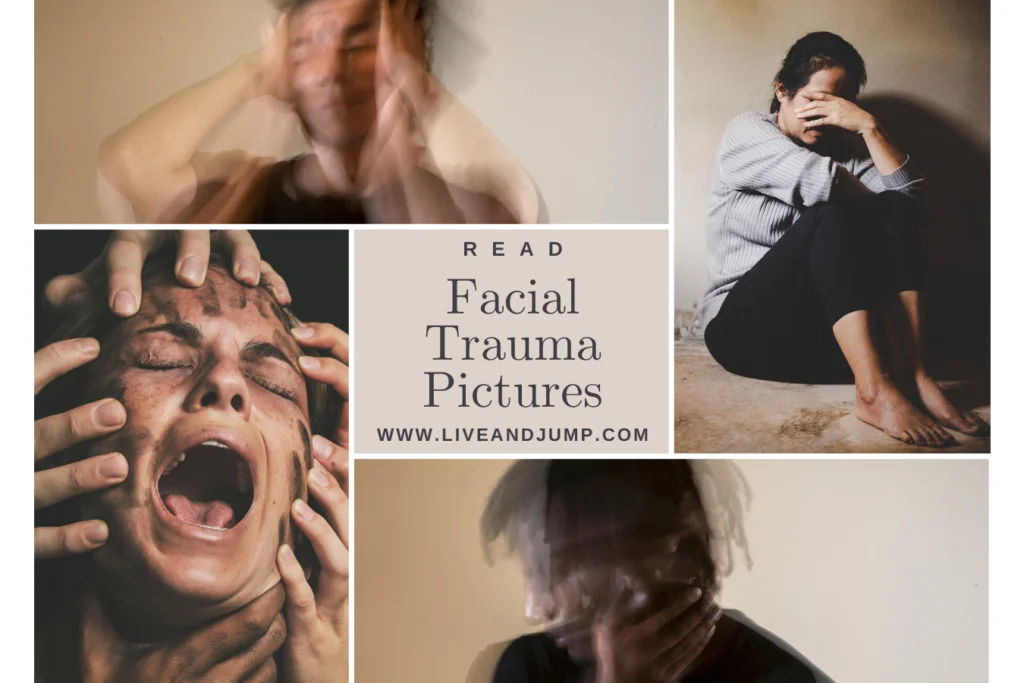Introduction:
Facial trauma encompasses a diverse array of injuries affecting the intricate structures of the face, including the skin, bones, nerves, and soft tissues. These injuries can result from various incidents such as motor vehicle accidents, falls, sports-related mishaps, assaults, and occupational accidents. The management of facial trauma demands a multidisciplinary approach and relies heavily on accurate assessment, precise diagnosis, and tailored treatment planning. Within this intricate landscape, facial trauma pictures emerge as indispensable tools, offering visual documentation that enriches the understanding and management of these complex injuries.
Read: Unexpected Gift of Trauma

Significance of Facial Trauma Pictures:
Facial trauma pictures serve as cornerstone elements in the continuum of care for patients with facial injuries, offering multifaceted benefits:
1. Precise Assessment and Diagnosis: Visual documentation through facial trauma pictures enables healthcare providers to conduct comprehensive assessments of the extent and nature of facial injuries. These images provide a detailed representation of lacerations, abrasions, contusions, fractures, soft tissue injuries, and associated anatomical distortions. With a clear visual record at their disposal, clinicians can make accurate diagnoses, identify underlying injuries, and determine the most appropriate course of action.
2. Tailored Treatment Planning: In the realm of facial trauma, treatment planning is inherently complex and multifaceted. Facial trauma pictures play a pivotal role in this process by providing clinicians with invaluable insights into the specific characteristics and complexities of each patient’s injuries. Armed with visual documentation, maxillofacial surgeons, plastic surgeons, otolaryngologists, and other specialists can devise tailored treatment strategies that address both the functional and aesthetic aspects of facial reconstruction and rehabilitation.
3. Effective Communication and Collaboration: Effective communication is paramount in the management of facial trauma, particularly in multidisciplinary care settings. Facial trauma pictures serve as powerful communication tools, facilitating clear and concise exchanges among members of the healthcare team. From trauma surgeons and radiologists to speech therapists and prosthetists, each member can leverage visual documentation to convey critical information, share insights, and collaborate seamlessly in the delivery of patient-centered care.
4. Patient Education and Empowerment: For patients confronting the challenges of facial trauma, understanding their injuries and treatment options is essential for informed decision-making and active participation in their care journey. Facial trauma pictures serve as educational aids, empowering patients to comprehend the nature and extent of their injuries, grasp the proposed treatment modalities, and visualize the anticipated outcomes. By fostering informed consent and shared decision-making, these images contribute to patient satisfaction and engagement throughout the treatment process.
Read: Poem about Childhood trauma

Types of Facial Trauma Pictures:
Facial trauma pictures encompass a diverse array of images tailored to specific stages and aspects of patient care:
1. Pre-Injury Photos: These baseline images capture the patient’s facial anatomy and appearance before the traumatic event. Pre-injury photos serve as essential reference points for evaluating changes resulting from trauma and aid in medico-legal documentation, treatment planning, and outcome assessment.
2. Acute Injury Photos: Captured immediately following the traumatic incident, these images document the initial presentation of facial injuries. Acute injury photos provide crucial insights into the extent and severity of trauma, guiding rapid interventions, and facilitating triage decisions in emergency settings.
3. Intraoperative Photos: Taken during surgical procedures for facial reconstruction and repair, intraoperative photos document the surgical approach, techniques employed, and outcomes achieved. These images serve as invaluable references for surgical teams, supporting meticulous documentation of procedures and facilitating postoperative care and follow-up assessments.
4. Post-Treatment Photos: Follow-up images taken during subsequent appointments document the progress of healing and recovery following treatment interventions. Post-treatment photos enable healthcare providers to monitor the effectiveness of treatment modalities, assess long-term outcomes, and address any residual concerns or complications.
Read: Role of trauma timeline sheets

Ethical Considerations:
While facial trauma pictures offer profound benefits for patient care, their documentation and use must be conducted in strict adherence to ethical principles and patient privacy considerations. Healthcare providers must obtain informed consent from patients before capturing and utilizing facial trauma pictures for clinical, educational, or research purposes. Furthermore, measures should be implemented to ensure the confidentiality, security, and appropriate storage of patient images, aligning with relevant regulations and guidelines governing medical photography.
Read: Side effects of social media on mental health
Conclusion:
Facial trauma pictures serve as indispensable tools in the assessment, diagnosis, treatment planning, and follow-up of patients with facial injuries. By providing visual documentation of facial trauma, these images empower healthcare providers to conduct precise assessments, tailor treatment strategies, communicate effectively, and educate patients throughout their care journey. While upholding ethical standards and patient privacy considerations is paramount, the strategic utilization of facial trauma pictures holds the promise of optimizing outcomes, restoring function, and enhancing the overall quality of care for individuals confronting the challenges of facial trauma.

